

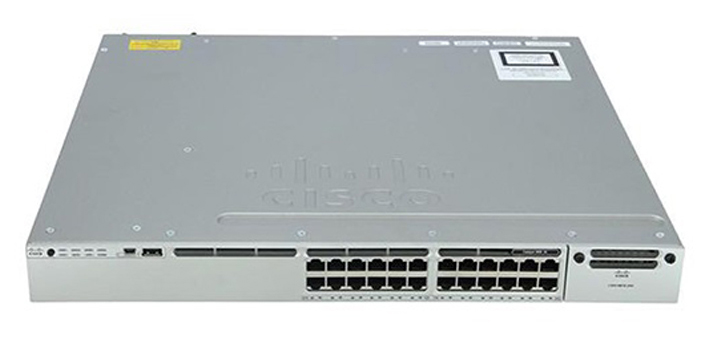


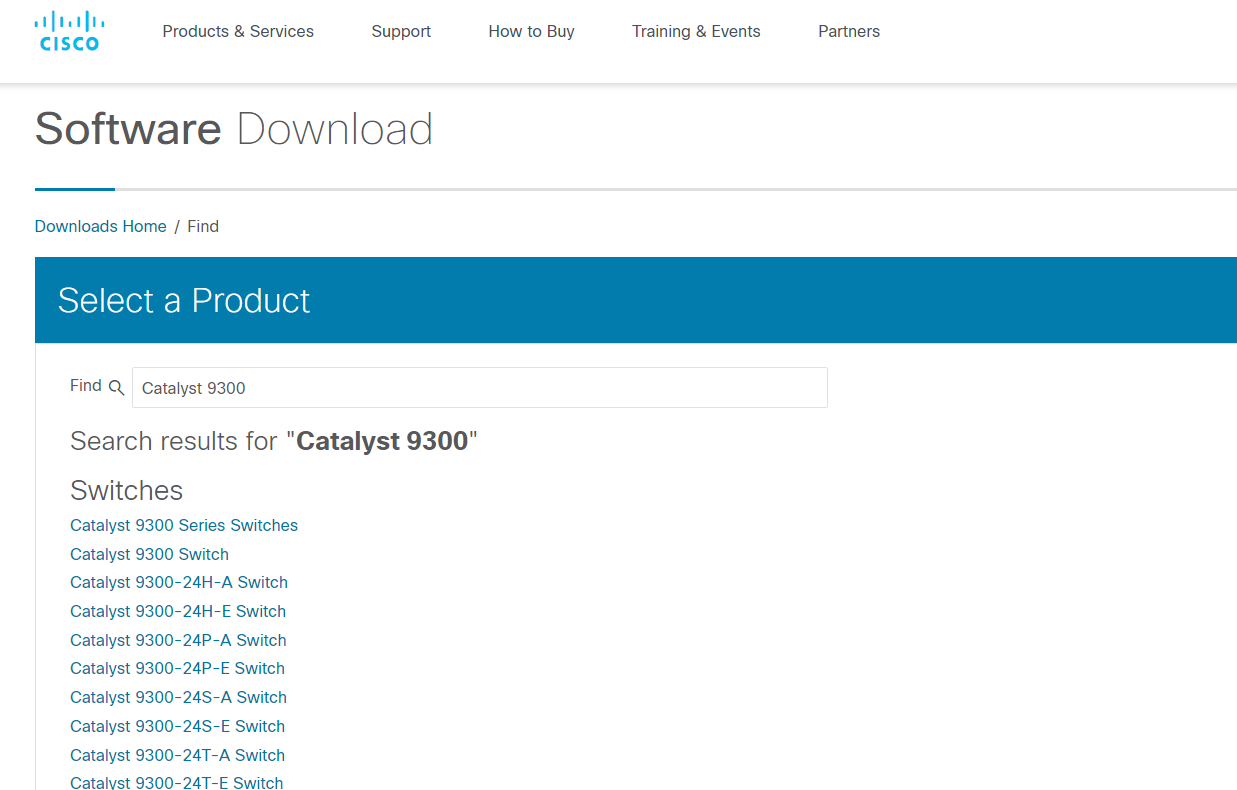
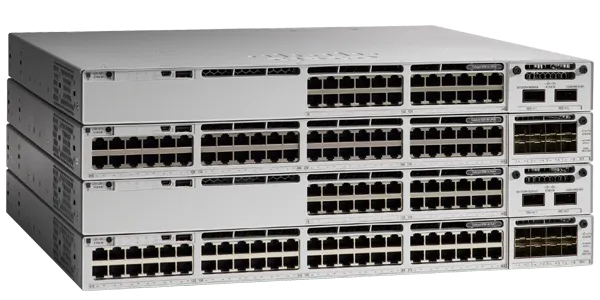


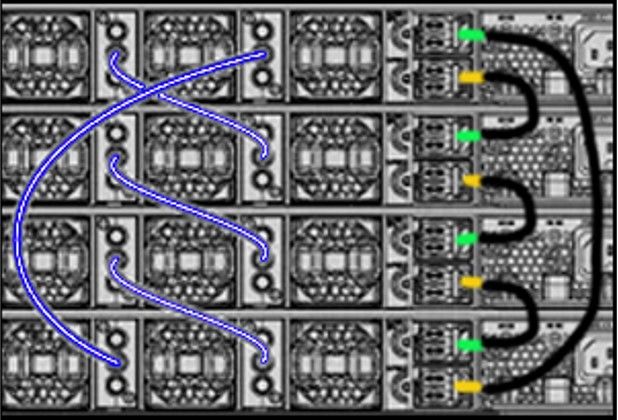

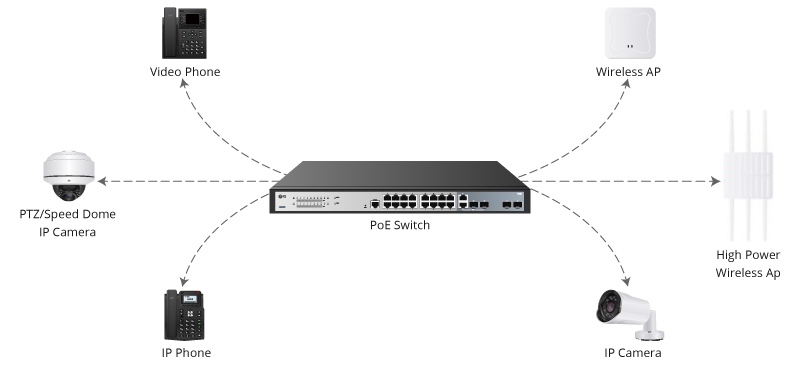

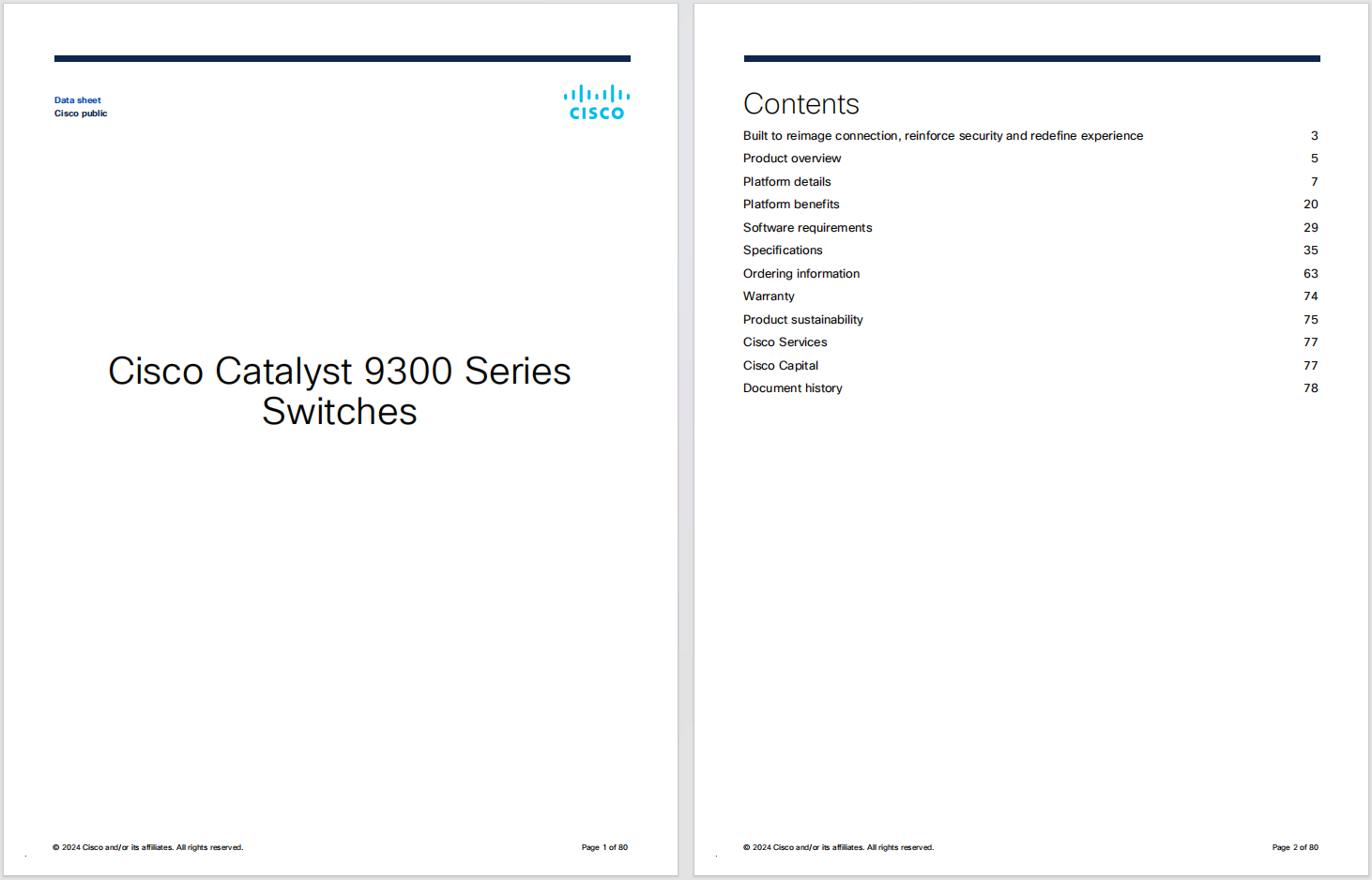



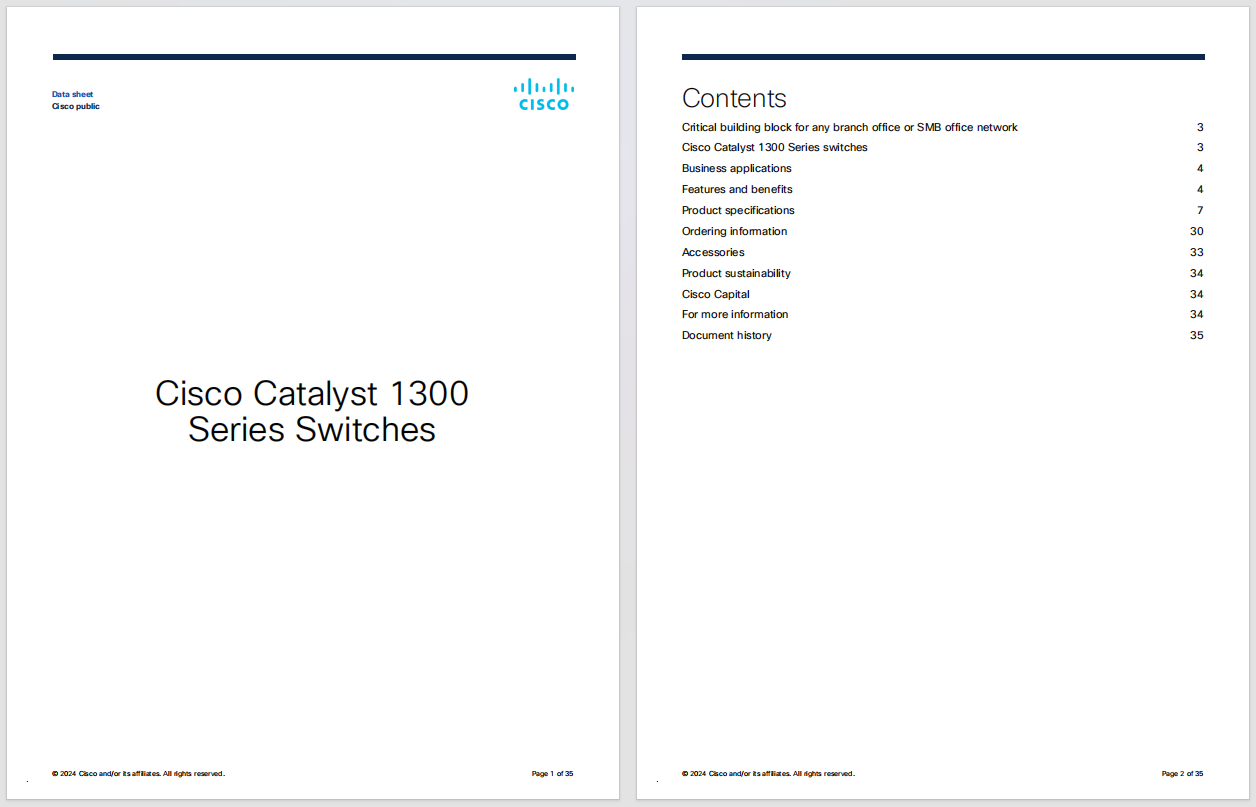
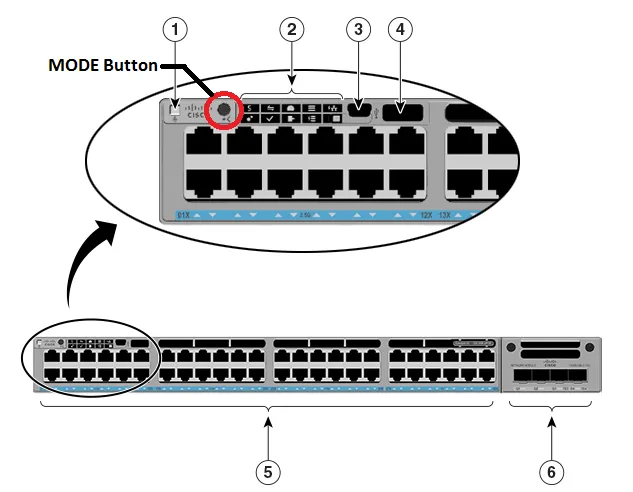


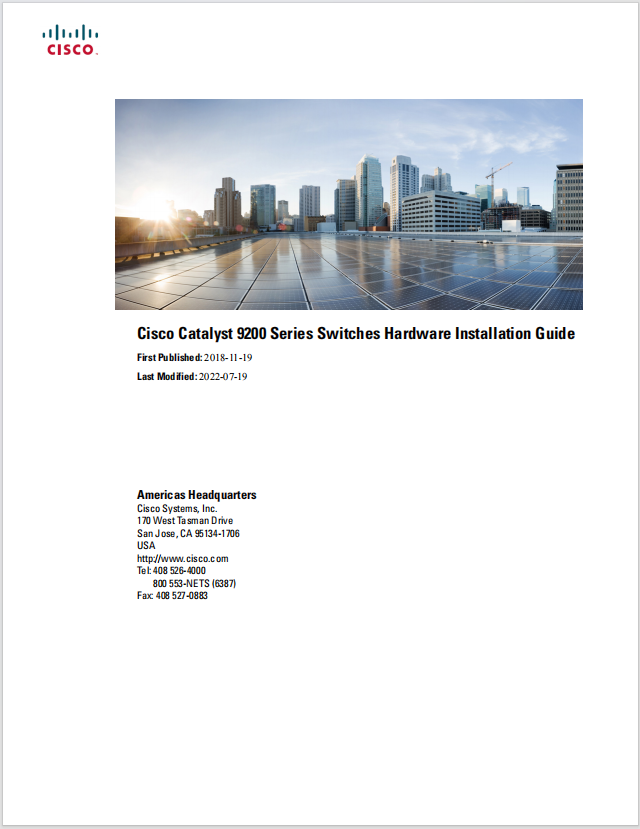

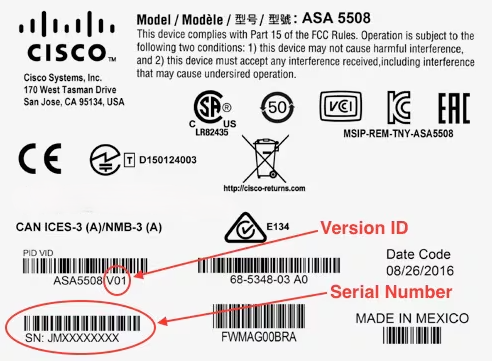
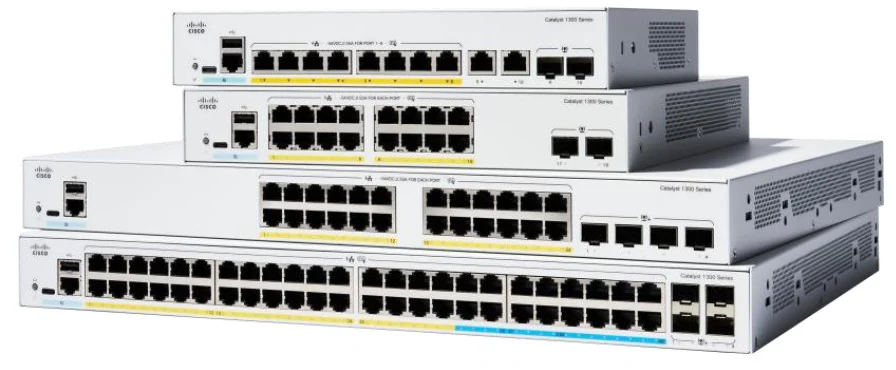



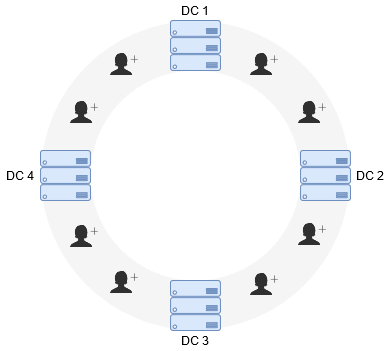

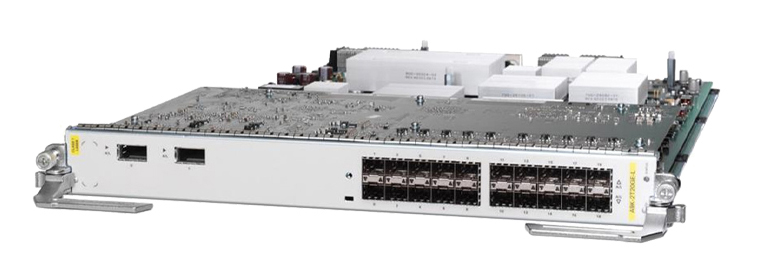

Workloads and applications are moving from a traditional data center to the public cloud as the public cloud provides an app-centric environment. Microsoft Azure offers critical features for application agility, faster deployment, scalability, and high availability using native cloud features. Microsoft Azure recommends tiered architecture for web applications, as this architecture separates various functions. There is the flexibility to make changes to each tier independent of another tier.
Figure1 shows a three-tier architecture for web applications. This architecture has a presentation layer (web tier), an application layer (app tier), and a database layer (database tier). Azure has a shared security model, i.e., the customers are still responsible for protecting workloads, applications, and data.
 Figure 1: Azure three-tier web architecture
Figure 1: Azure three-tier web architecture In addition to the native cloud security controls, Cisco recommends using security controls for visibility, segmentation, and threat protection.
 Figure 2: Three key pillars of Cisco recommended architecture
Figure 2: Three key pillars of Cisco recommended architectureCisco recommends protecting workloads and applications using Cisco Validated Design (CVD) shown in figure 3. We focused on three-essential pillars (visibility, segmentation, and threat protection) of security validating this cloud security architecture.
This solution brings together a Cisco, Radware, and Azure to extend unmatched security for workloads hosted in the Azure environment.
In addition to visibility, segmentation, and threat protection, we also focused on Identity and Access Management using Cisco Duo.
 Figure 3: Cisco Validated Design for Azure three-tier architecture
Figure 3: Cisco Validated Design for Azure three-tier architecture Cisco security controls used in the Cisco Validated Design (Figure 3):
 Etiquetas calientes:
Cisco Defense Orchestrator (CDO)
Cisco Secure Endpoint
Cisco AMP
Cisco SAFE
Cisco Duo Security
Cisco Secure Workload
Cisco ASAv
Cisco NGFWv
Cisco Secure Cloud
Etiquetas calientes:
Cisco Defense Orchestrator (CDO)
Cisco Secure Endpoint
Cisco AMP
Cisco SAFE
Cisco Duo Security
Cisco Secure Workload
Cisco ASAv
Cisco NGFWv
Cisco Secure Cloud